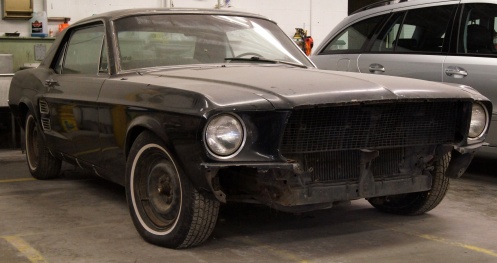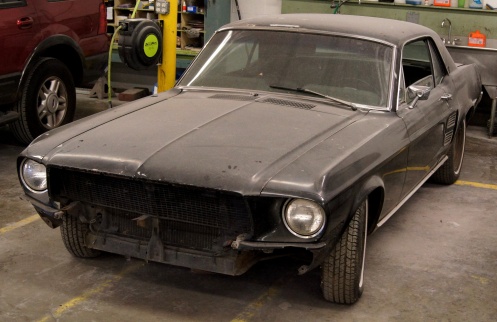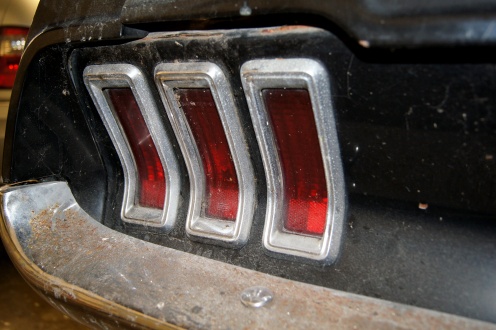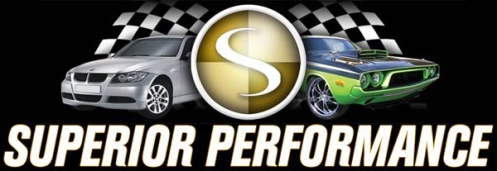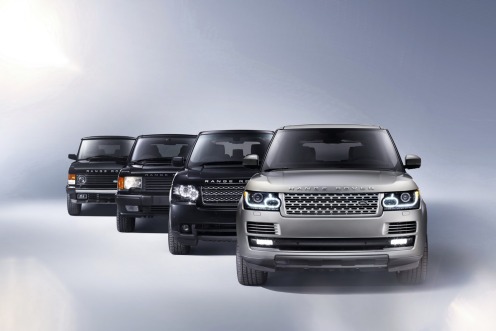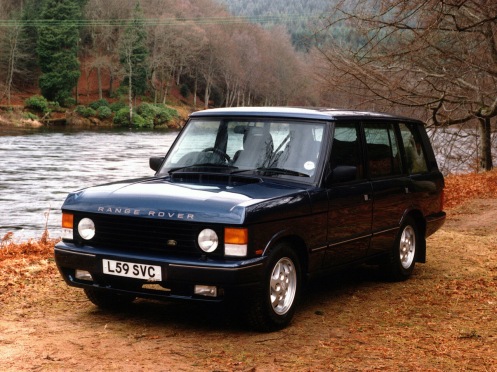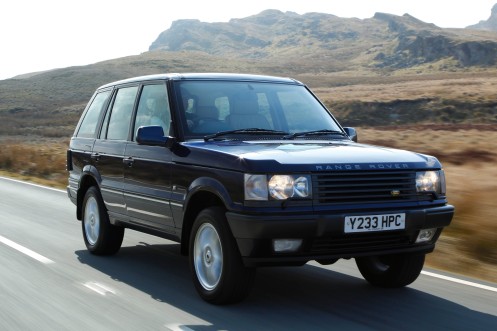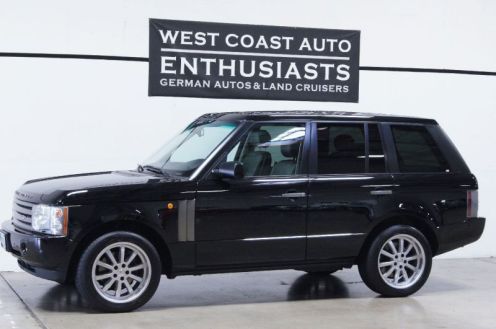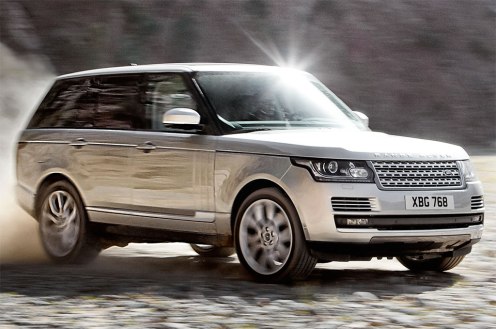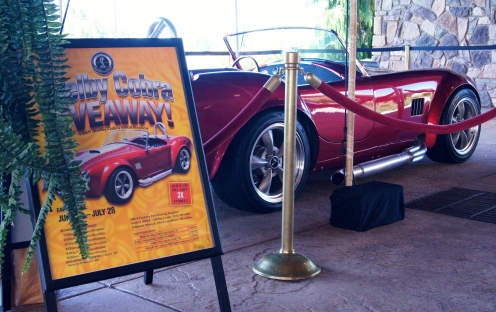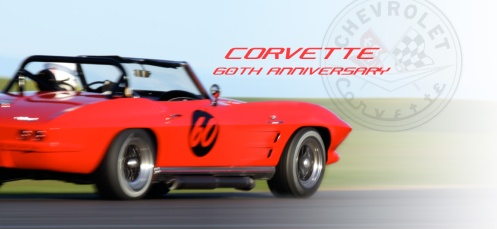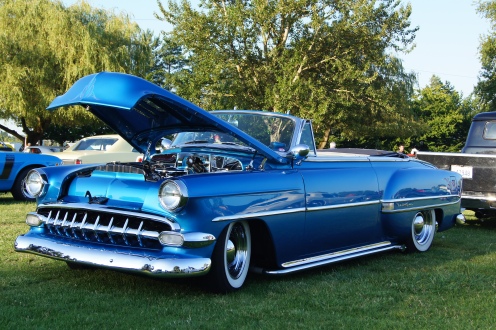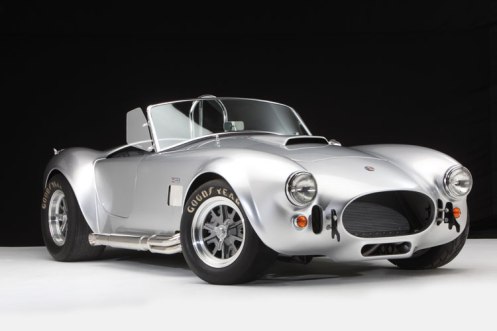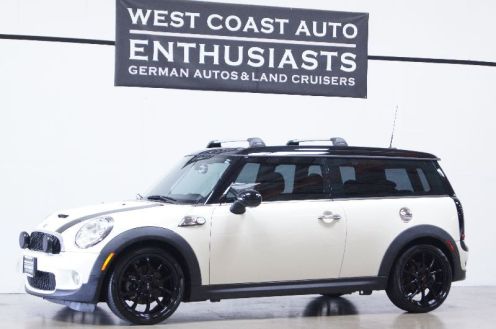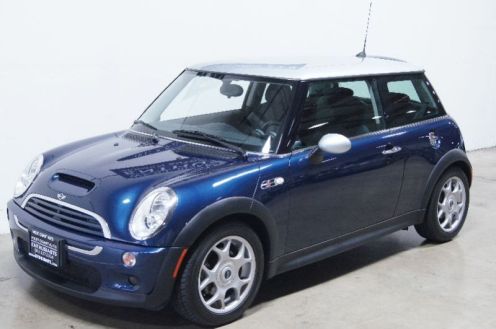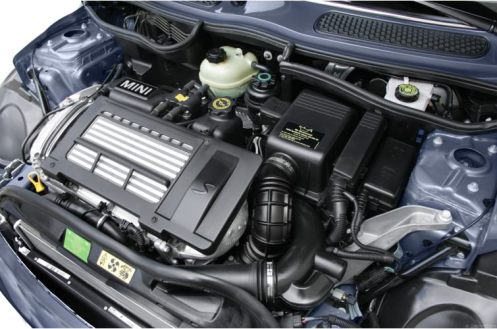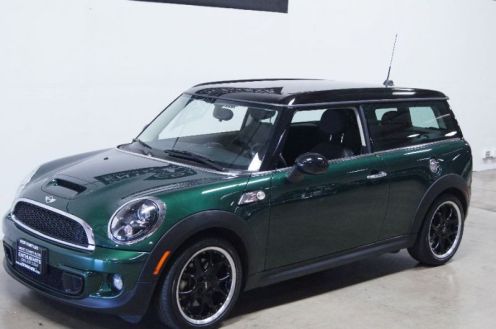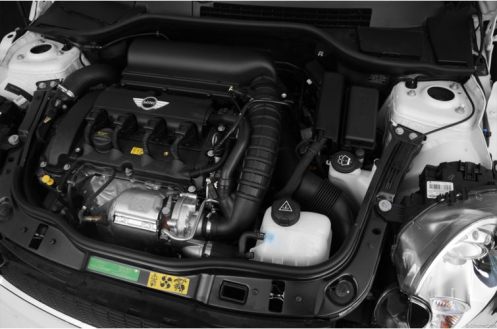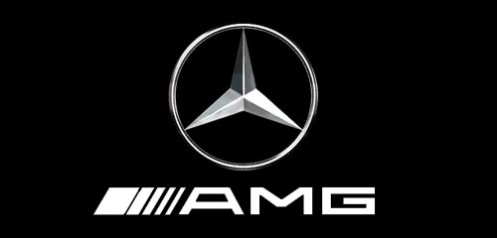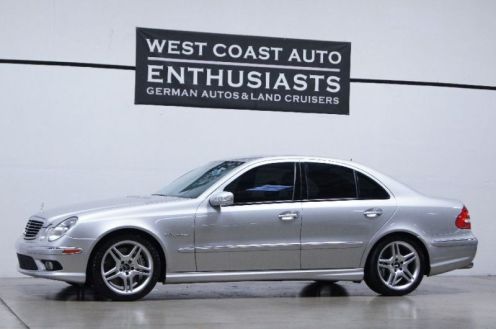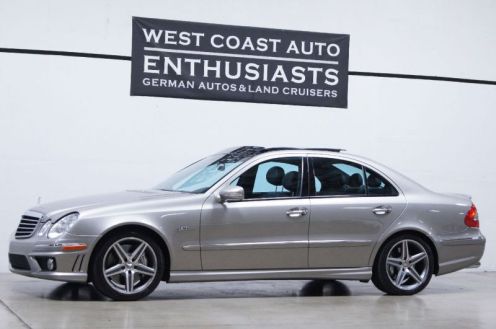The Toyota Land Cruiser has the longest running history of any Toyota vehicle that is still in production, dating back to the 1950s. The Toyota brand was created roughly 25 years prior to the first Land Cruiser. This iconic go anywhere vehicle has earned a top position in the hearts and minds of many Enthusiasts.
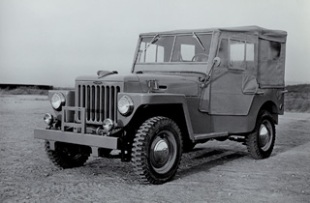
The beginnings of the legendary Toyota Land Cruiser began in January of 1951, with the first prototype called the Toyota BJ Jeep. The BJ Jeep was powered by a 3.4L inline six that produced 75hp. Toyota produced a “Jeep” like prototype in response to pressures to create a domestically manufactured four wheel drive compact truck. After some initial difficulties with orders, in 1953, Toyota began large-scale production of the BJ Jeep. One year later, the Willys Company claimed a trademark violation, and in response, Toyota renamed the BJ as the Land Cruiser.
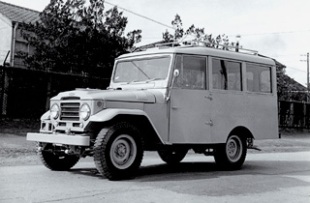
Growing sales of the BJ Land Cruiser provided positive reinforcement that Toyota was headed down the correct path. In 1955, Toyota began a second line of Land Cruisers, called the 20 series, to grow alongside the BJ. The 20 series Land Cruiser was created to strengthen international sales and to attempt to gain United States contracts for the Korean War. There were 10 variations of the 20 series, ranging from the small truck FJ25 to the long body FJ28V. Toyota also created the 30 series in 1958 that had a longer wheelbase and would precede the future successful 55 series. Production of the 20 and 30 Series ended in 1960.
Toyota was so confident in their new Land Cruiser that it was used as the primary vehicle to be introduced to foreign markets. The tactic proved very successful, and Toyota was able to export their full line of vehicles to many developing foreign markets due to the positive reputation of the Land Cruiser.
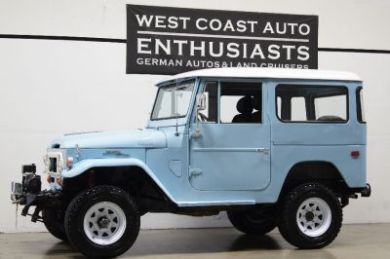
The 20/30 series was replaced by the classic 40 series in 1960. Although similar looking to the 20 series, Toyota made many advancements with the 40 series, creating a completely different 4X4. A 125hp engine was mated to a more advanced 3-speed transmission with a low range sub gear that increased the Land Cruiser’s off road prowess. Popular models included the FJ40V hard top, FJ43 and the FJ45V. Toyota increased the utility and versatility of the 40 series by offering a hardtop, pickup and wagon type body styles. During the mid 1960s, the 40 series was such a success that it became the highest selling Toyota model in the United States. The 40 series had a long run; they were manufactured until the mid 1980s.
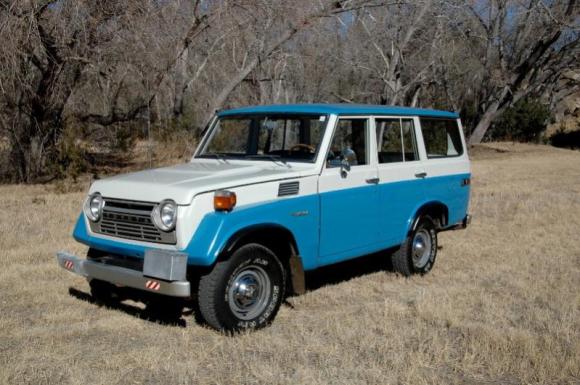
The popularity of the FJ45V spurred the creation of the FJ55V, which was the first real purpose-built four door wagon to wear the Land Cruiser badge. The 50 series “Moose” earned the proud nickname in America, but was also sold in Australia and Japan. The FJ55 had many technological advances over the FJ45V, including a box-type enclosed structure for the side frame, a redesigned more powerful motor, and increased safety standards to meet American requirements. One eye-catching feature of some FJ55 Land Cruisers is a two-tone paint job. The FJ55 started production in 1967 and wrapped up in 1980 with the 60 series waiting in the wings.
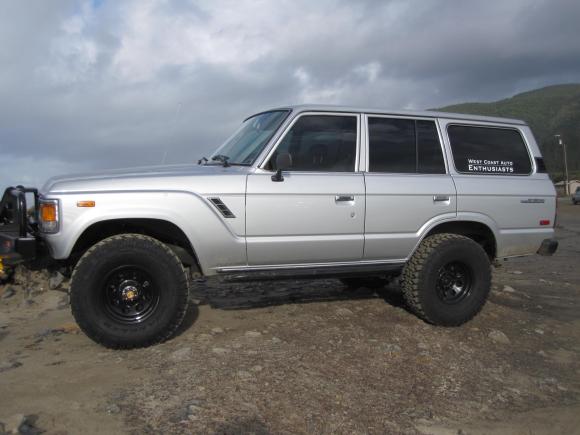
The FJ60 arrived on scene in the newly developing SUV market. Although it shared much of the same frame and suspension design, the FJ60 looked very different from the FJ55. Toyota needed a car-like interior and an advanced 4WD system to compete against other SUVs like Land Rover. Toyota succeeded with the FJ60 and later the FJ62. The FJ60 was built from 1980 to 1987 and is easily identified with its two round headlights. The FJ62 was built from 1988 to 1990 and it has two pair of square headlights with low and high beams in separate housings.
The FJ60 was introduced with a carbureted 4.2L inline six capable of producing 135hp and was mated to a four speed manual transmission. The FJ62 was even more refined with a fuel injected 4.0L inline six that produced 155hp that transferred that power through an electronically controlled four speed automatic transmission. The FJ62 also came with more creature comfort options like power windows, power door locks, and a power antenna.
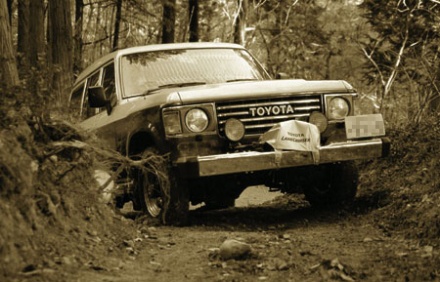
All of the classic Toyota Land Cruisers had stellar off road capability as a top priority. Land Cruiser succeeded in domestic and international markets with a combination of dominate 4WD performance and Toyota reliability. Land Cruisers are held in high regard by off road enthusiasts and we have a very special place for them in our hearts.
Posted in Uncategorized
Tags: BJ Jeep, FJ45, FJ60, FJ62, Land Cruiser, Toyota, Toyota History, Toyota Land Cruiser

